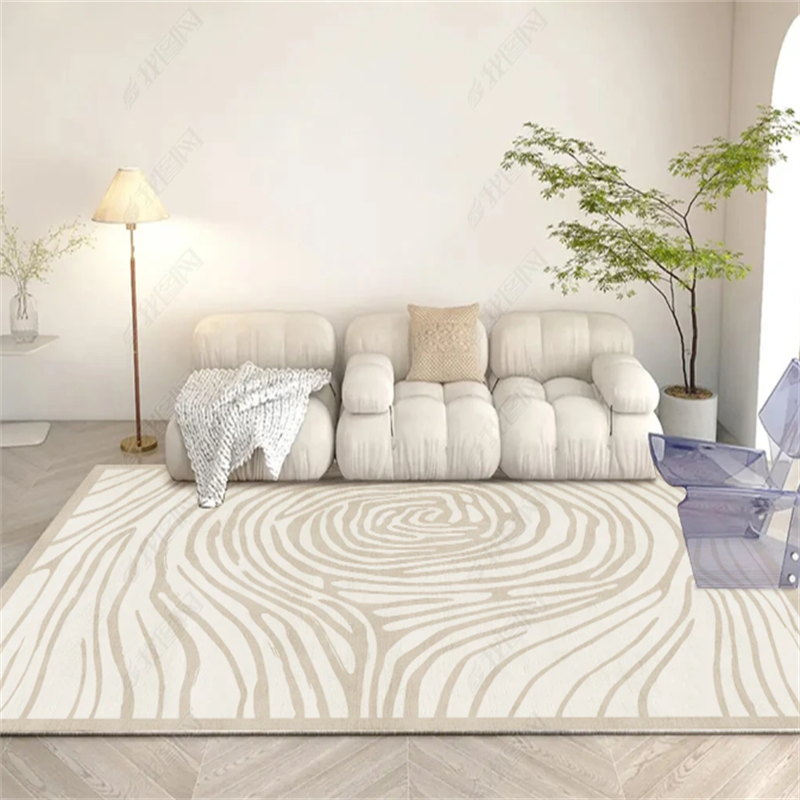Home Decorations
From Traditional to Modern: Rug Styles that Transcend Time
Rugs have adorned floors for centuries, evolving through diverse cultures and design movements. These timeless pieces not only add warmth and comfort to our living spaces but also serve as a reflection of history and artistic expression. From the intricate patterns of traditional rugs to the sleek minimalism of modern designs, their versatility makes them a staple in any interior design scheme.
In this blog, we embark on a captivating journey through rug styles that have transcended time, bridging the gap between the past and the present. Join us as we explore the distinctive characteristics, cultural significance, and design inspiration behind each rug style.
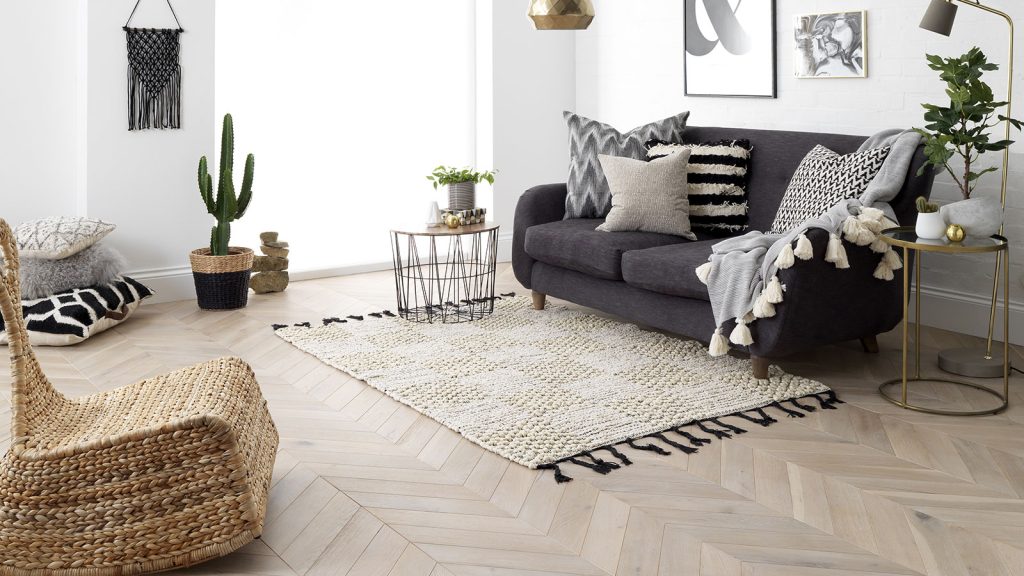
Traditional Oriental Rugs: A Tapestry of Culture
We begin our expedition with one of the most iconic and cherished rug styles—the Traditional Oriental Rugs. Originating from countries like Persia, Turkey, and India, these masterpieces boast intricate patterns and rich colors that showcase the artistry of ancient civilizations. Passed down through generations, these rugs carry stories of cultural heritage and customs, making them more than just floor coverings.
Design Elements:
- Elaborate medallions and borders reflecting symmetrical harmony.
- Floral motifs inspired by nature and symbolizing life and growth.
- Warm earth tones like deep reds, blues, and golds, representing cultural symbolism.
Cultural Significance:
- A status symbol among nobility and a reflection of wealth and prestige.
- Weaving techniques handed down as a cherished family tradition.
- Telling tales of local mythology, folklore, and religious beliefs.
Modern Interpretation:
- Blending traditional patterns with contemporary color palettes.
- Incorporating Oriental motifs in minimalist or Scandinavian-inspired spaces.
- Combining modern materials like bamboo silk or viscose for a sleek touch.
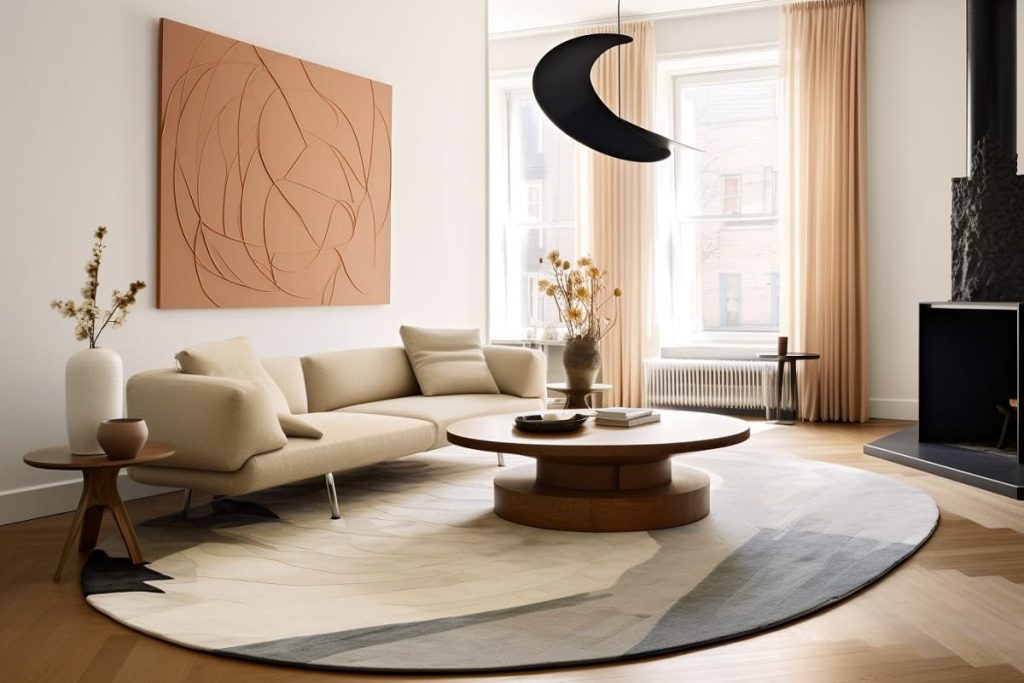
Classic Persian Rugs: Timeless Elegance
Delving further into the world of traditional rugs, we encounter the timeless elegance of Classic Persian Rugs. Revered for their sophistication and artful intricacy, Persian rugs epitomize timeless beauty and refinement. With patterns passed down from master weavers, these rugs continue to captivate discerning collectors and interior enthusiasts alike.
Design Elements:
- Central medallions surrounded by floral patterns and intricate borders.
- Fine details achieved through the use of high knot density.
- Diverse regional styles such as Tabriz, Isfahan, and Kashan, each carrying unique motifs.
Cultural Significance:
- Symbolic representation of a weaver’s emotions and life experiences.
- Integration of Persian poetry and calligraphy within rug designs.
- Displayed during special occasions and celebrations as a mark of opulence.
Modern Interpretation:
- Contemporary color palettes and abstract interpretations of traditional patterns.
- Use of luxurious materials like silk to elevate the elegance.
- Statement pieces in modern, minimalist, or bohemian interiors.
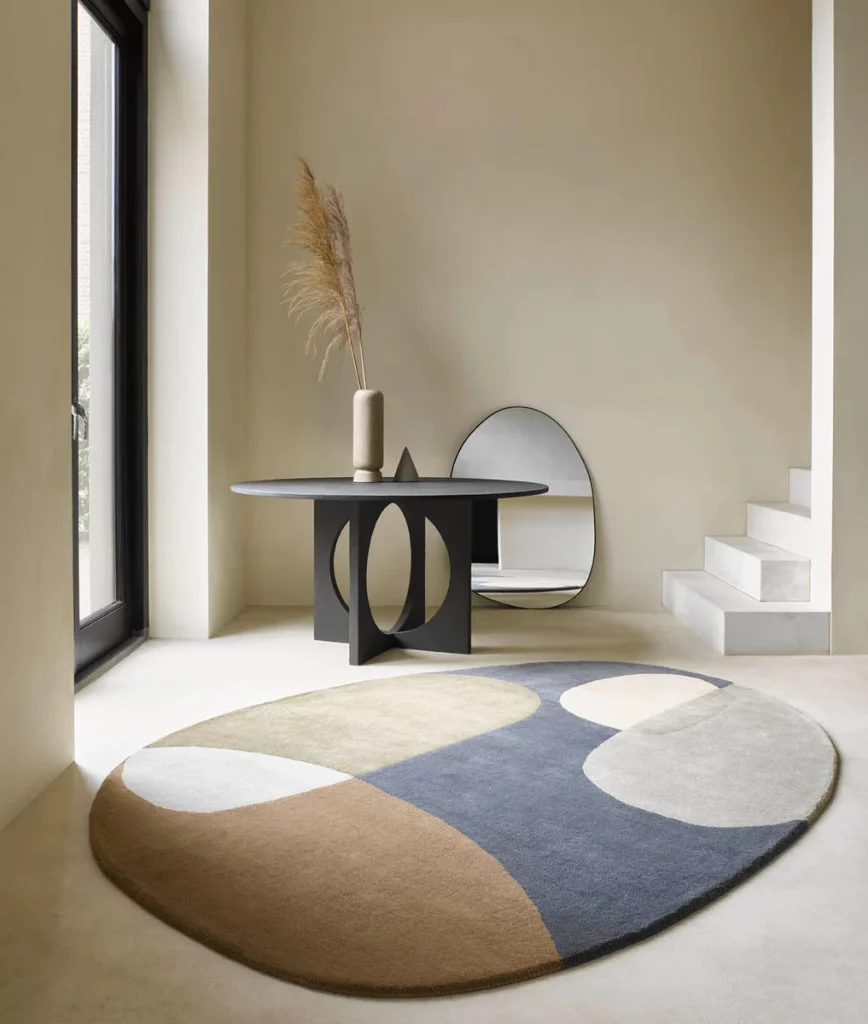
Geometric Tribal Rugs: Nomadic Charm
Venturing into the realm of nomadic tribes, we encounter the captivating allure of Geometric Tribal Rugs. These rugs, woven by skilled nomads, reflect a rustic charm and simplicity that resonates with a primal connection to nature. The geometric motifs and earthy hues showcase a deep appreciation for the landscape they call home.
Design Elements:
- Bold geometric patterns, often inspired by natural elements and tribal symbols.
- Earthy colors like warm browns, terracottas, and deep blues.
- Irregular shapes and designs due to the nomadic weaving process.
Cultural Significance:
- Portrayal of a nomad’s life journey, showcasing memories and experiences.
- Passed down as a family heirloom, representing a nomadic tribe’s identity.
- Durable and practical design to withstand harsh environmental conditions.
Modern Interpretation:
- Fusion of tribal motifs with contemporary color schemes.
- Adapting tribal patterns into modern rug shapes like runners or large area rugs.
- Complementing bohemian, eclectic, or even industrial-themed interiors.
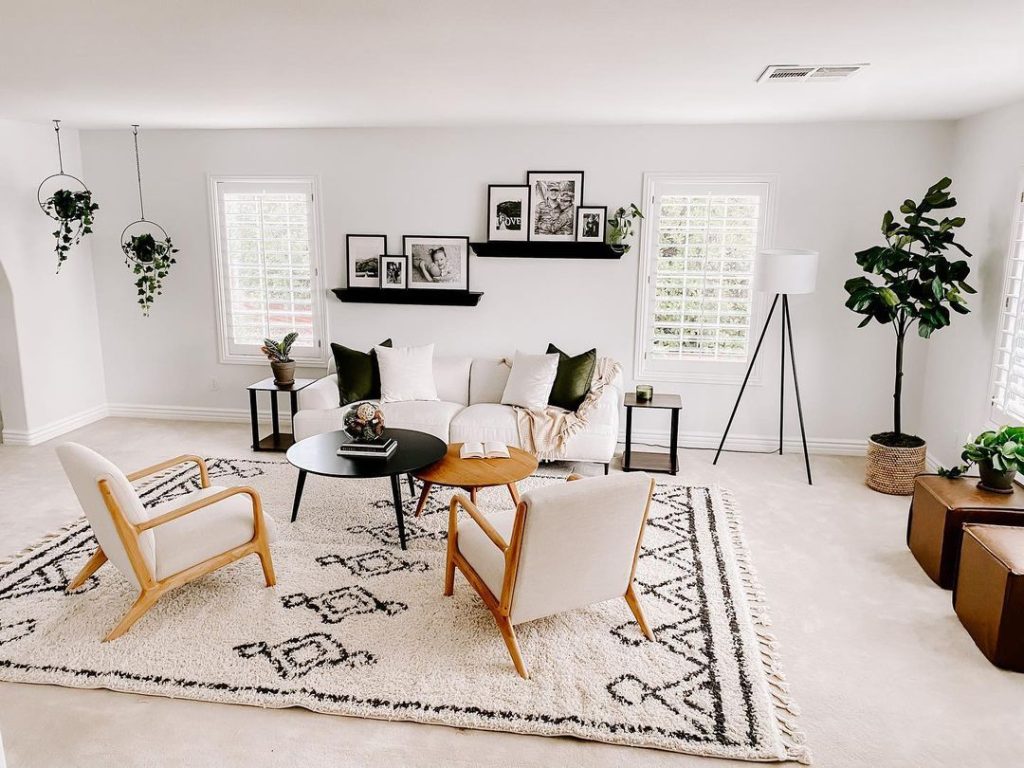
Contemporary Shag Rugs: A Touch of Luxury
As we traverse through time, we encounter the plush and indulgent charm of Contemporary Shag Rugs. These cozy pieces have made a comeback in recent years, bringing a sense of luxury and comfort to modern living spaces. From high-pile textures to playful colors, shag rugs offer a unique tactile experience.
Design Elements:
- Long, fluffy yarns create a luxurious and inviting surface.
- Varied pile heights and textures, add depth and visual interest.
- Bold colors or neutral tones to match a diverse range of decor styles.
Cultural Significance:
- Emerged in the 1960s as a symbol of the counterculture movement.
- A statement piece in bohemian and retro-inspired interiors.
- Representing a shift towards comfort and self-expression.
Modern Interpretation:
- Mixing shag textures with contemporary patterns or abstract designs.
- Eco-friendly materials like recycled plastics for a sustainable touch.
- Combining shag rugs with sleek furniture in modern minimalist settings.
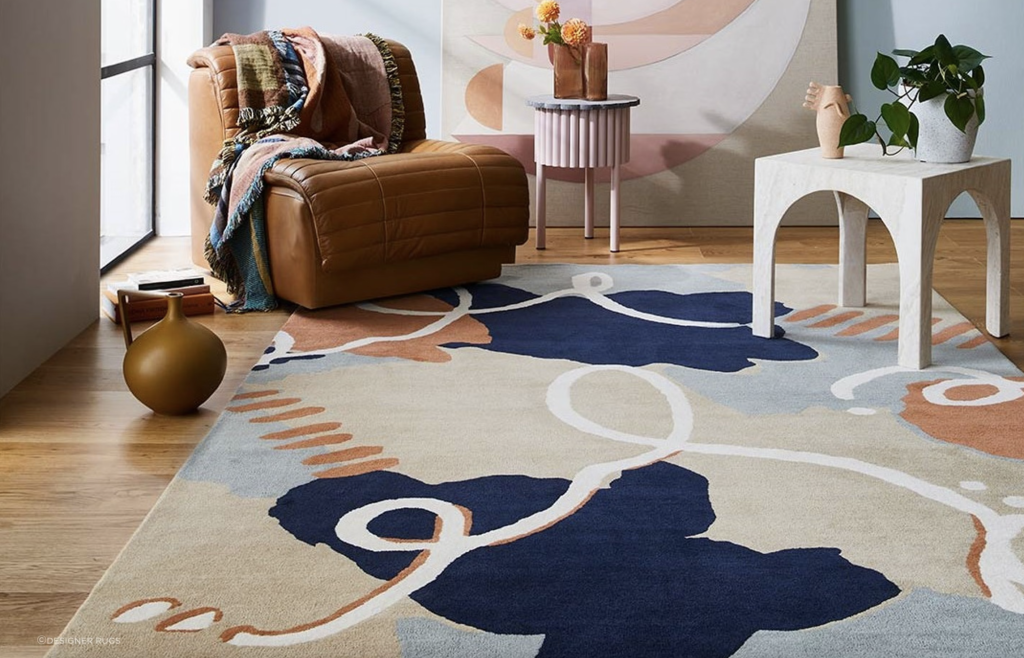
Transitional Rugs: A Harmonious Blend
As we near the present, we encounter the harmonious blend of Traditional and Contemporary—the Transitional Rugs. Embracing both classical elements and modern aesthetics, these rugs bridge the gap between the past and the future, offering a seamless integration of timeless elegance and current trends.
Design Elements:
- Balancing traditional motifs with cleaner lines and subtler patterns.
- Neutral color palettes or subdued hues to suit various interior styles.
- Versatile sizes, catering to both small and large living spaces.
Cultural Significance:
- Representing a growing appreciation for design evolution.
- A popular choice for those seeking a timeless yet modern look.
- Seamlessly integrating into diverse interior design schemes.
Modern Interpretation:
- Experimenting with color-blocking and abstract patterns.
- Merging traditional weaving techniques with sustainable materials.
- Adapting transitional rugs to complement contemporary Scandinavian or mid-century modern interiors.
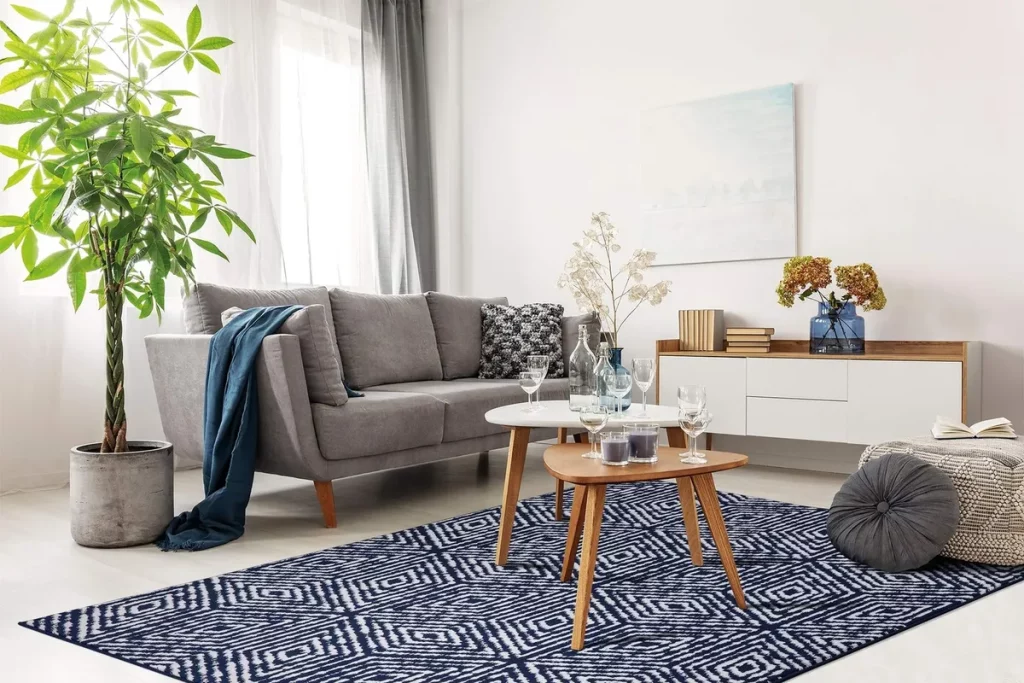
Eternal Threads: Unveiling the Timeless Tapestry of Rug Styles Across Eras
As we traverse the intricate tapestry of rug styles that transcend the boundaries of time, we unearth a profound connection weaving through the annals of the past, present, and future—an enduring tribute to timeless design. From the ornate beauty of Traditional Oriental Rugs to the contemporary allure of Transitional Rugs, each style unfurls a narrative steeped in history, cultural significance, and artistic expression.
The evolution of rugs is a testament to the dynamic nature of design, mirroring the evolving tastes and preferences of each era. Yet, beneath the surface of changing trends, the essence of these rugs remains eternal. They beckon us to delve into the captivating world of craftsmanship, inviting us to appreciate the intricacies of cultural heritage and explore the limitless possibilities of design.
In your quest to transcend the ordinary and elevate your living spaces, consider the rug not merely as a piece of decor, but as a living testament to the narrative of human creativity and ingenuity. As you tread softly upon these woven canvases, embrace the enchantment that lies beneath your feet—a timeless art form that continues to weave stories of elegance and beauty through the ages. Let each rug be a chapter in the evolving tale of design, an embodiment of artistic evolution that speaks to the enduring magic found in the intersection of history, culture, and human expression.

